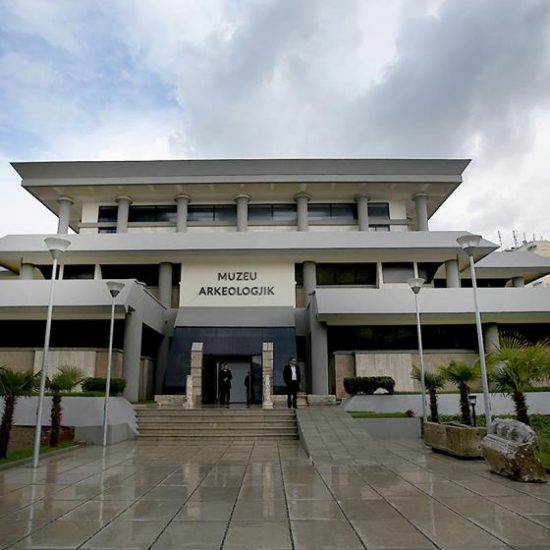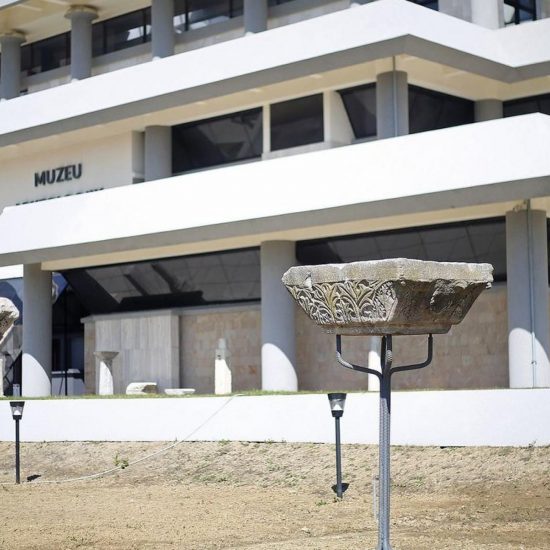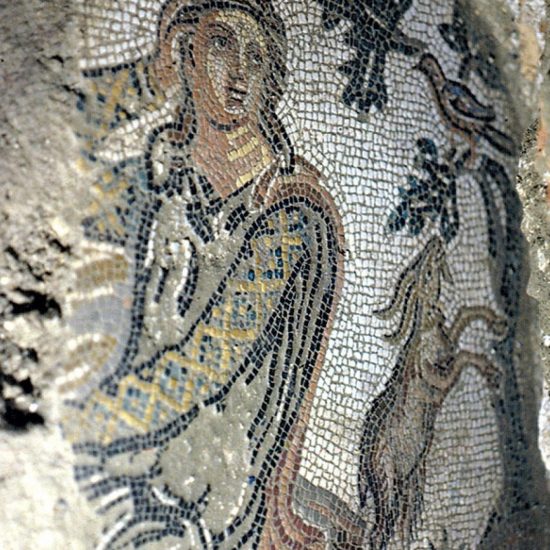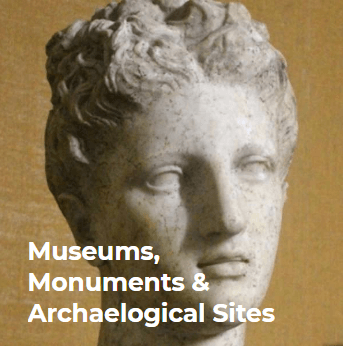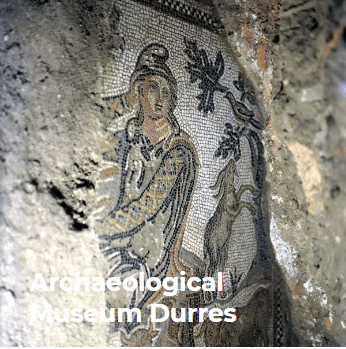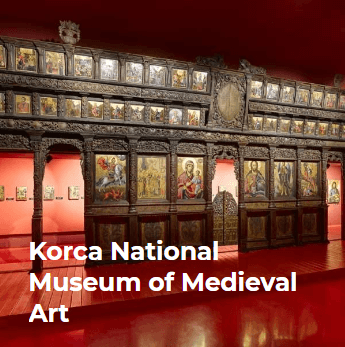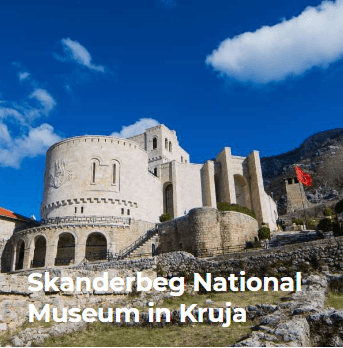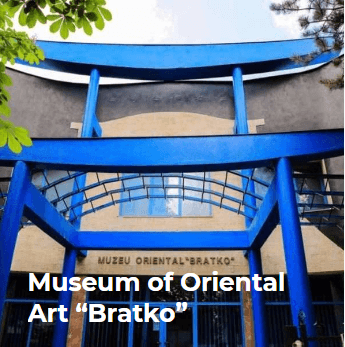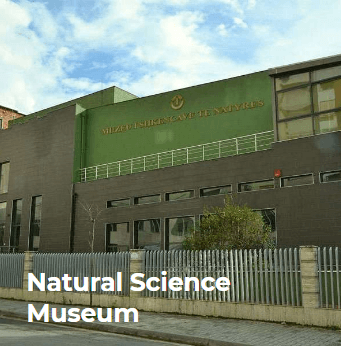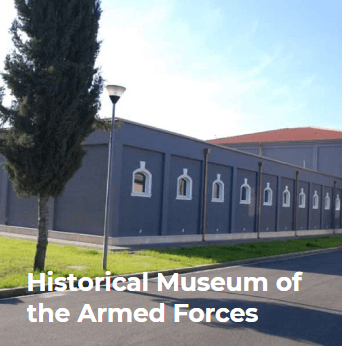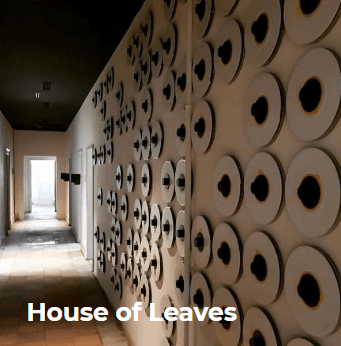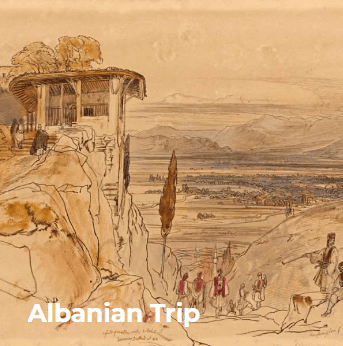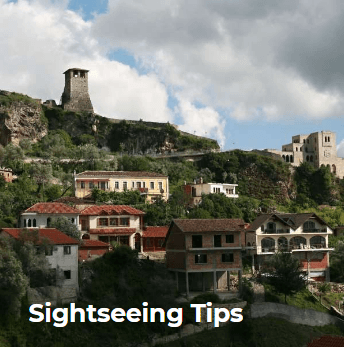The
Durrës Archaeological Museum (
Muzeu Arkeologjik) in
Durrës,
Albania, established in 1951, is the largest
archaeological museum in the country. The museum is located near the beach and north of the museum are the 6th-century
Byzantine walls, constructed after the
Visigoth invasion of 481.
Collection
The bulk of the museum consists of artifacts found in the nearby ancient site of
Dyrrhachium and includes an extensive collection from the
Ancient Greek,
Hellenistic and
Roman periods.
[3][4] Items of major note include Roman funeral steles and stone
sarcophagi, an elliptical colourful mosaic measuring 17 by 10 feet, referred to as
The Beauty of Durrës, and a collection of miniature busts of
Venus, testament to the time when Durrës was a centre of worship of the goddess.
Reconstruction
In 2010, the Durrës Archaeological Museum is expected to undergo a total reconstruction.Despite the importance of archaeological objects, the museum is not an independent institution and is operated by the Regional Directorate of Durrës Monuments. The museum is supported by the Albanian Institute of Archaeology and the Academy of Sciences and intend it to become a national museum according to archaeologists such as
Adi Anastasi and
Luan Përzhita, given the historical significance of its artifacts and their illustration rich cultural heritage.
A fund has been opened by the Ministry of Tourism, Culture, Youth and Sports to provide the museum with a new research unit, its own scientific staff and laboratory and administrative body. Problems have been identified in the reconstruction process given that the museum is located near the sea faces erosion from the iodine content of salt and moisture and weathering.
OPENING HOURS
from 9 am to 3 pm every day of the week, except Monday.



